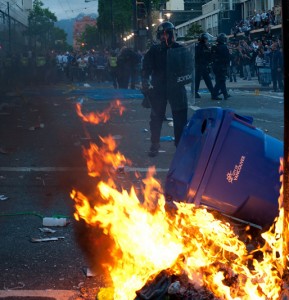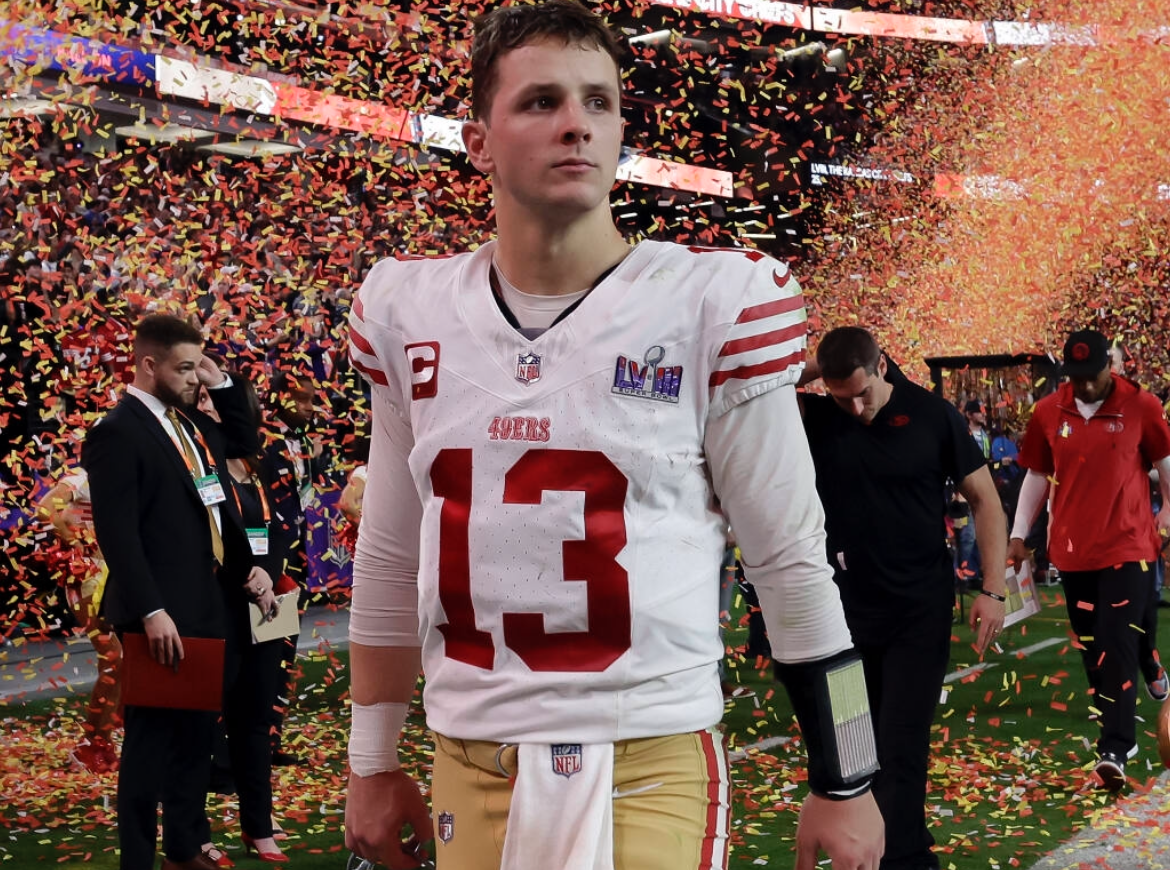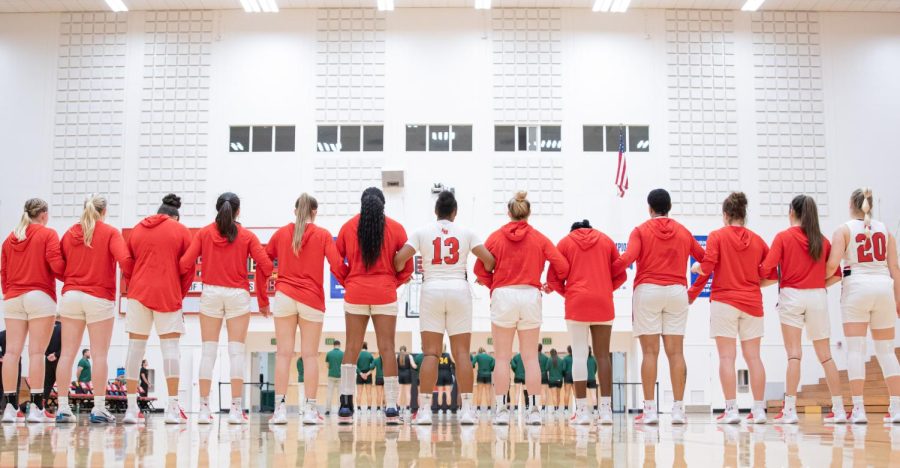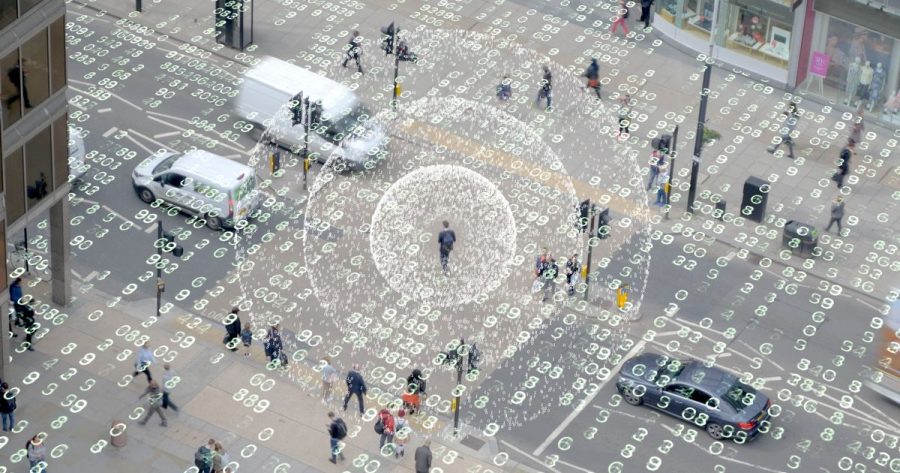
Is this really what sports fandom has come to?
The shooting that took place following the matchup of the 49ers and Raiders at Candlestick Park on August 21 is only the most recent event in a legacy of fan violence that has become all too much an integral part of sports fandom in our society.
The incident at Dodger Stadium earlier this year that left Giants fan Bryan Stow in a coma, the fight that broke out after a fan threw a beer at then Indiana Pacer Ron Artest in 2004 that has been dubbed “The Malice at the Palace” and the riot in Vancouver following the Canucks loss in the Stanley Cup Finals are just a fraction of the immense multitude of such incidents.
Here we stand yet again with lawmakers, concerned fans and sports governing bodies having to deal with the ramifications of the actions of crazed fans.
It has gotten to the point that reports from San Jose Mercury News indicate the potential ending of the annual preseason matchup between the 49ers and Raiders to avoid a repeat of these events.
Rivalries between teams is one of the most integral aspects of team loyalty in sports. Many eagerly anticipate these rivalry match-ups each year and view them as mini-championship games.
Yet there is a line between invoking this loyalty and enacting violence in its name. It is a line that sports fans in our society have clearly lost track of and may not even remember exists.
The staff of The Pioneer believe that enough is enough.
How many generations of future sports fans are bearing witness to these actions, tying together love of a sports team with such a seething hatred of the opposition that violence suddenly becomes justified?
Governing bodies and organizations in each sport must come up with comprehensive means by which to prevent these incidences from taking place.
Additionally, fans who do not engage in such behavior can no longer sit idly by or, even worse, egg such action on.
Increased security, designated away team sections in stadiums and strict policies on the sale of alcohol during games—along with more concrete policies on what is considered “intoxicated behavior”—can go a long way to help keep such violence from occurring.
To be fair, each possible solution comes with drawbacks and cannot address every possibility. However, given the manner in which this violence between fans continues to increase—not only in occurrence, but in severity as well—the time for discussion has clearly ended.
It has gotten to the point that throwing out solutions just to see what possibly works has become a reasonable course of action.
Since its very inception, our society has struggled to stem the tide of violence spurred by hatred of a person’s race, creed, religion, gender and sexual orientation as we seek to create a better society.
Are we really willing to let violence because of sports loyalties join that list?










